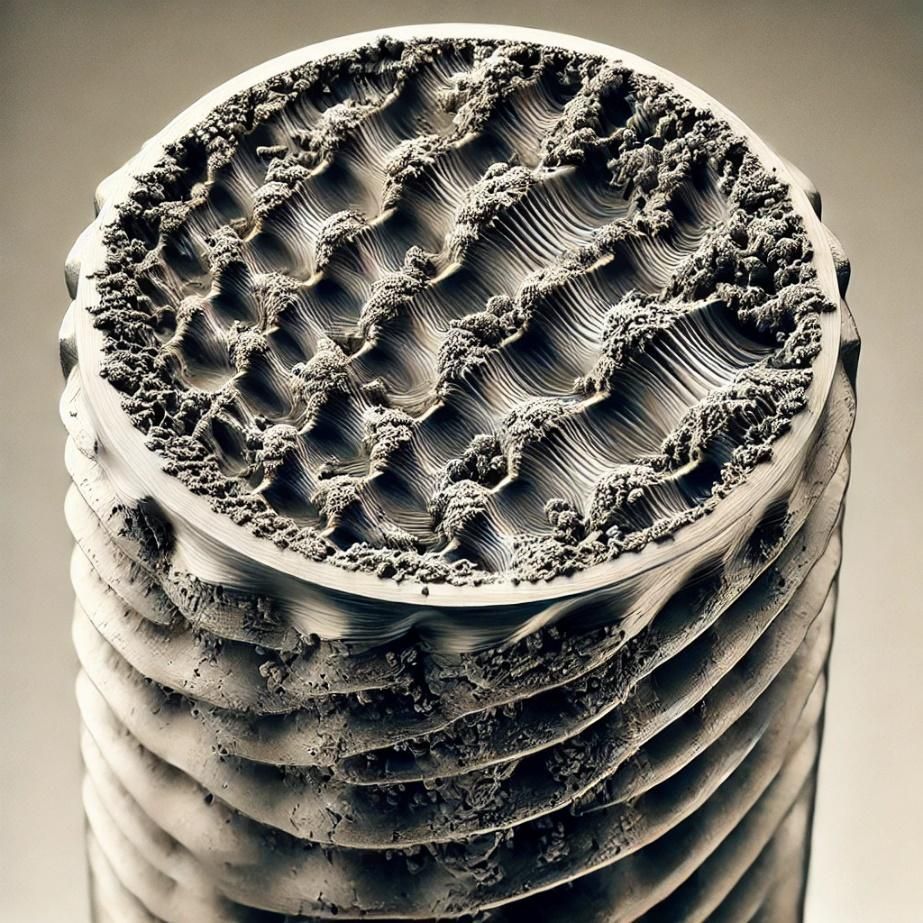COPPER
Copper is a reddish-brown metal known for its high electrical and thermal conductivity. It is one of the most widely used metals in modern industry due to its excellent mechanical properties and corrosion resistance. Copper is used in a wide range of applications, from electronics to construction.
Properties of Copper
Copper has a unique combination of properties that make it particularly suitable for many industrial and commercial applications.
Mechanical Properties
| Property | Typical Value |
|---|---|
| Density | 8.96 g/cm³ |
| Melting Point | 1085 °C |
| Electrical Conductivity | 5.96 x 10⁷ S/m |
| Thermal Conductivity | 401 W/m·K |
| Tensile Strength | 210 MPa |
| Elongation | 30-40% |
Chemical Composition
Pure copper consists mainly of copper (Cu) with small amounts of other elements present as impurities. However, commercial copper may contain traces of elements such as zinc, lead, tin, and others.
Graph: Electrical Conductivity vs Thermal Conductivity
The graph shows the relationship between the electrical and thermal conductivity of copper compared to other metals.

Microstructure Images
The following image shows the typical microstructure of copper:

Applications of Copper
Copper is used in various industries, including:
- Electrical Industry: Used for wires, cables, connectors, and printed circuits due to its excellent electrical conductivity.
- Construction: Used for pipes, gutters, roofing, and decorative elements due to its corrosion resistance.
- Transportation: Used for radiators, heat exchangers, and engine components due to its high thermal conductivity.
- Chemical Industry: Used for reactors, piping, and tanks due to its resistance to chemical corrosion.
Copper Treatments and Processing
Copper can undergo various treatments and processing methods to enhance its properties and adapt it to specific applications. These include:
- Annealing: Used to increase ductility and reduce hardness.
- Quenching: Used to increase hardness and mechanical strength.
- Cold Working: Used to improve mechanical properties through plastic deformation.
Conclusion
Copper is an excellent choice for companies seeking materials with outstanding electrical and thermal conductivity, high corrosion resistance, and good mechanical properties. Its versatility makes it ideal for a wide range of industrial and commercial applications. Investing in high-quality copper can lead to significant economic advantages, improving product durability and reducing maintenance costs.













